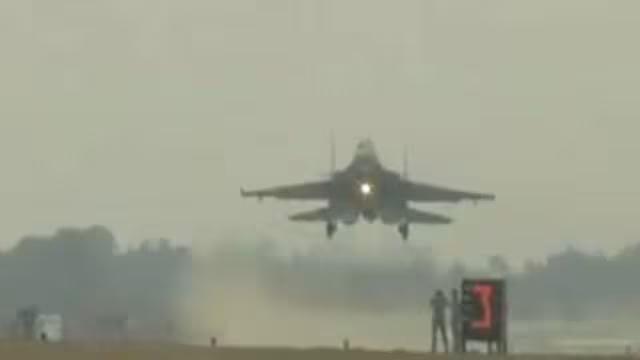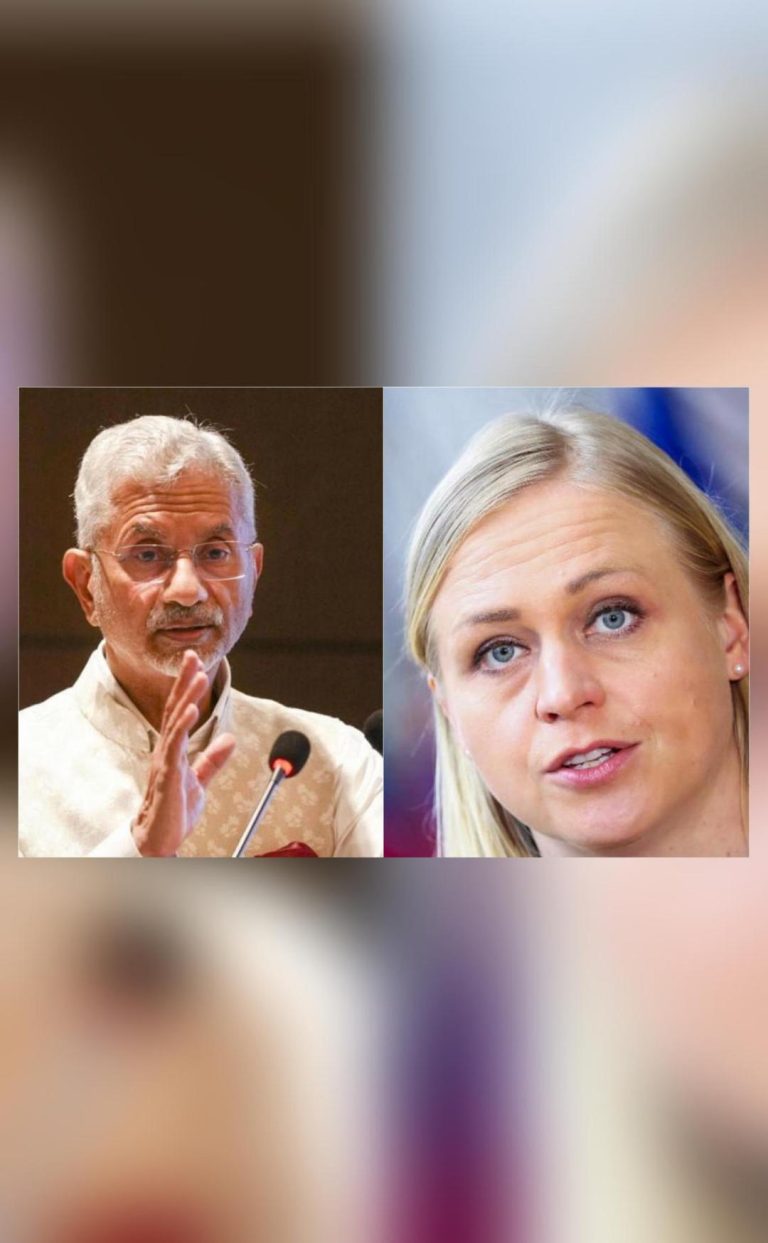
Why is IAF conducting fighter jets’ landing & take-off drill at Ganga Expressway in UP?
In a significant exercise, the Indian Air Force (IAF) recently conducted take-off and landing drills on the Ganga Expressway in Uttar Pradesh, utilizing fighter jets like the Rafale. The drill was conducted both during the day and night, with the aim of assessing the expressway’s potential as an alternative runway during times of war or national emergencies. This event marked the first time an airstrip on any expressway in India has been equipped to handle both day and night landings of fighter jets.
The exercise, which was conducted on the 165-kilometer long Ganga Expressway, was a testament to the IAF’s commitment to staying prepared and adaptable in the face of evolving threats. The expressway, which is currently under construction, is expected to be completed by the end of 2023. Once completed, it will be one of the longest expressways in the country, connecting the state capital Lucknow with Prayagraj.
The IAF’s decision to conduct the exercise on the Ganga Expressway was likely driven by several factors. Firstly, the expressway’s strategic location, which spans across several districts in western Uttar Pradesh, makes it an ideal location for an alternate runway. Secondly, the expressway’s length and width provide ample space for aircraft to take off and land safely, making it an attractive option for emergency situations.
The exercise was a complex one, requiring meticulous planning and coordination between the IAF, the Uttar Pradesh government, and other stakeholders. The IAF deployed its Rafale fighter jets, which are known for their exceptional agility and maneuverability, to conduct the take-off and landing drills. The pilots underwent rigorous training to ensure that they were equipped to handle the unique conditions of the expressway, including the variable weather conditions and the presence of obstacles like trees and buildings.
The exercise also highlighted the importance of having alternative runways, especially in times of war or national emergencies. In such situations, traditional airbases may be compromised or unavailable, making it essential to have alternative routes for aircraft to take off and land. The Ganga Expressway’s potential as an alternate runway was underscored by the IAF’s decision to conduct the exercise during the day and night, simulating real-world scenarios.
The IAF’s exercise on the Ganga Expressway has sent a strong message to potential adversaries, highlighting India’s capabilities and preparedness to respond to emerging threats. It has also demonstrated the IAF’s commitment to staying at the forefront of aviation technology and its ability to adapt to changing circumstances.
The exercise has also sparked interest among aviation enthusiasts and experts, who are eager to know more about the IAF’s plans for the Ganga Expressway. While there has been no official word on the IAF’s future plans for the expressway, experts believe that it has the potential to become a major hub for military aviation in the region.
In conclusion, the IAF’s recent exercise on the Ganga Expressway was a significant event that highlights India’s commitment to preparedness and adaptability in the face of evolving threats. The exercise demonstrates the IAF’s capabilities and its willingness to think outside the box, exploring innovative solutions to complex challenges. As the Ganga Expressway continues to take shape, it will be interesting to see how it evolves and what role it will play in India’s military aviation strategy.






